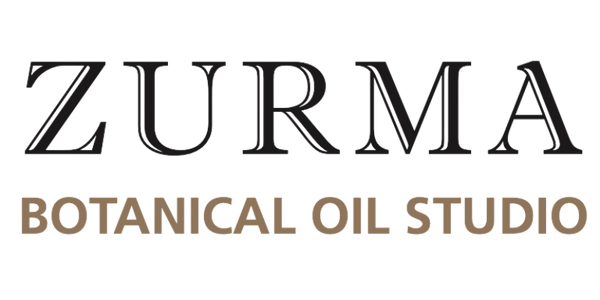Wormwood (Absinthe) Essential Oil
Wormwood (Absinthe) Essential Oil
Couldn't load pickup availability
The main component of the oil is Thujone which is a known neurotoxin. As such, this product should only be used by qualified aromatherapists and medical practitioners. It has been used to treat anorexia, insomnia, anemia, a lack of appetite, flatulence, stomach aches, jaundice, and indigestion. Some research has been done on its use to kill parasites, malaria and cancer cells.
Botanical Name: Artemisia absinthum
Method of Extraction: Steam distilled
Country of Origin: USA -Wild Harvest
Class: Ketone
Typical Main Constituents
Thujone (beta) - 43%
Sabinylacetate (trans) - 30%
Aromatherapy Use: ** Extreme care is needed when using this oil.
Description
Wormwood or Absinthe is native to Europe. This oil should not be confused with the Chinese so-called mugwort or "absinthe" oil which is derived from a different species and contains about 40% borneol. While much cheaper in cost, the oil is chemically very different than that of true absinthe oil.
For centuries in Europe this herb was used to treat a host of diseases and disorders including intestinal worms, gout, jaundice, kidney stones, pain and swelling suppression, promotion of menstruation, as an antidote for drunkenness and various poisons, as a bitter tonic, appetite stimulant, external antiseptic and as a strewing herb to mask bad odours and drive away vermin.
The oil is steam distilled from the leaves and flowering tops of the dried herb. The quality wormwood oil will vary with the condition of the herb and yields are generally low, in the range of 0.27-0.40% by weight.
The oil is a very dark green to bluish-green or brownish-green colour with an intensely herbaceous-green, sharp and fresh top note. The odour is reminiscent of cedar leaf oil but not as sweet and more dry-woody in the body note, giving a very interesting and unique odour for perfumery.
The bluish-green colour is due to the presence of a small amount of Chamazulene (generally less than 1%) , which is not present in the herb itself, but generated from Artabsine during the distillation process.
The main component of the oil is beta-thujone which is a known neurotoxin, and it is because of this that the notorious liqueur known as Absinthe was banned first Switzerland then in the US and finally in France in 1915 which greatly reduced the world production of the oil. Most all the so-called absinthe liqueur on the market today is now flavoured with anise, giving it a licorice-like flavour and is not reminiscent of the original absinthe beverages of the early 1900s. Despite the prohibition of absinthe liqueur, fractions of wormwood oil are still used in the flavouring of Vermouth to this day.
Actions: Anthelmintic, choleretic, deodorant, emmenagogue, febrifuge, insect repellant, vermifuge, narcotic, tonic, digestive stimulant.
Blends well with: Oakmoss, Orange blossom, Lavender, Jasmine.
Digestive system: Anorexia, chron's disease, liver and gall-bladder conditions, tonic, parasite cleanse.
General Essential Oil Safety Recommendations
Do not take essential oils internally unless under advisement by a qualified medical professional.
Do not use essential oils undiluted on the skin. It is always best to try a small patch test first of the diluted essential oil.
People who are pregnant or have serious medical problems are advised to consult with a qualified aromatherapy practitioner before using essential oils.
Use extreme caution when using essential oils with children. It is safest to consult with a qualified aromatherapy practitioner before using essential oils with children.
General Disclaimer
The product information provided on this website is intended for educational purposes only. The information provided is not considered to be complete and is not guaranteed to be accurate. The information contained in this website is not intended to be sufficient to provide diagnosis and/or treatment of medical conditions. It is recommended that treatment of serious health conditions be done with the help of a trained qualified medical practitioner.
Share


To ensure our essential oils are not diluted to adulterated, Zurma Essential Oils undergo rigorous testing, including Certificate of Analysis (COA) and Gas Chromatography-Mass Spectrometry (GCMS) analysis. This meticulous testing process guarantees the purity, potency, and authenticity of our oils.


